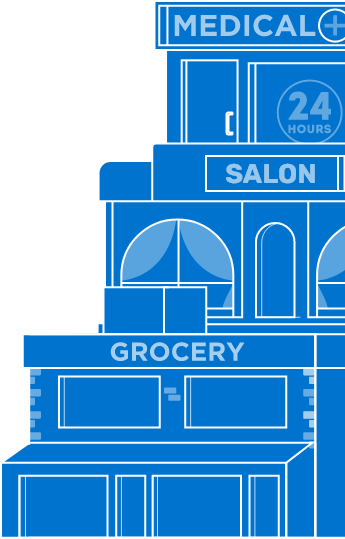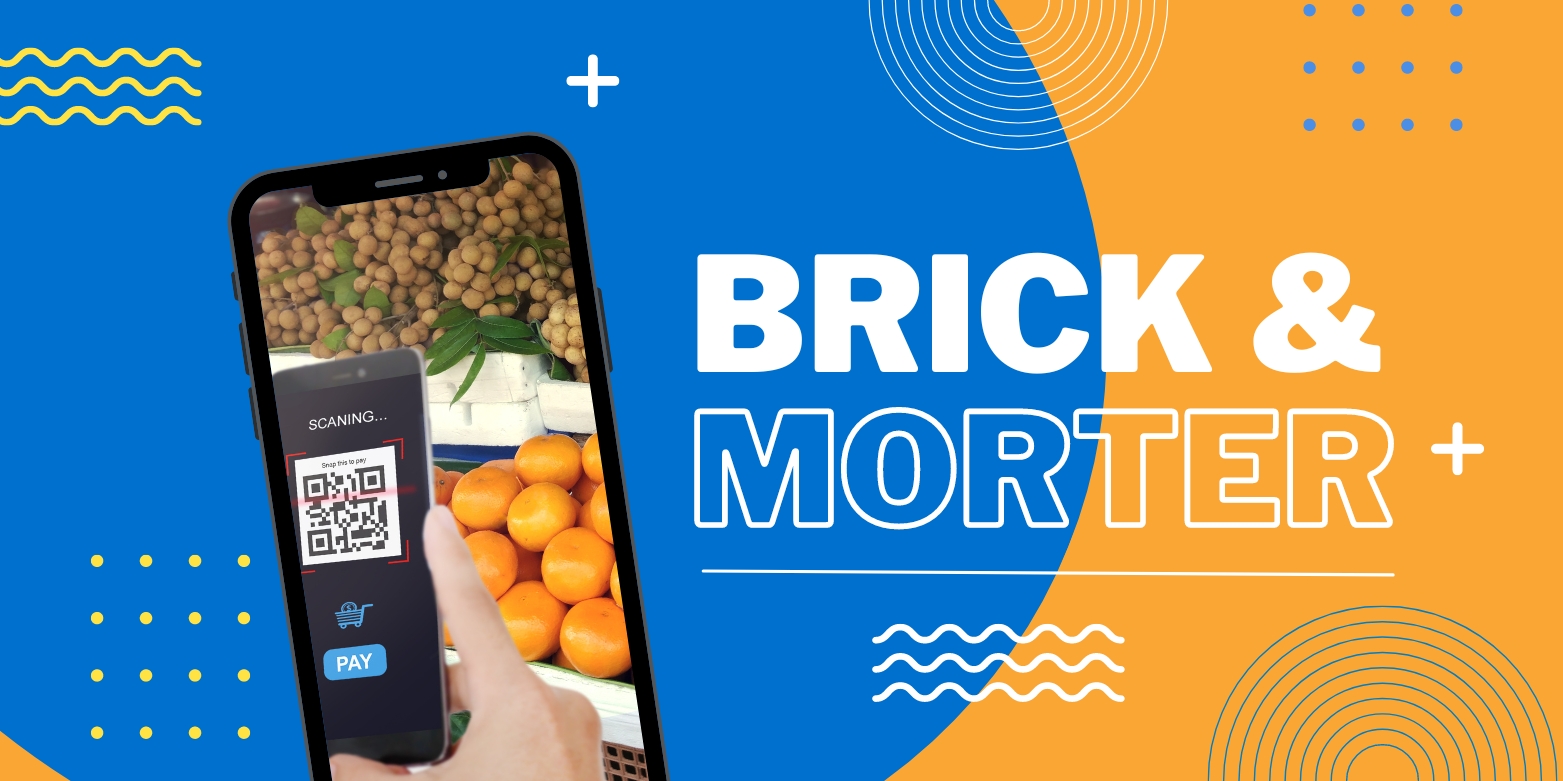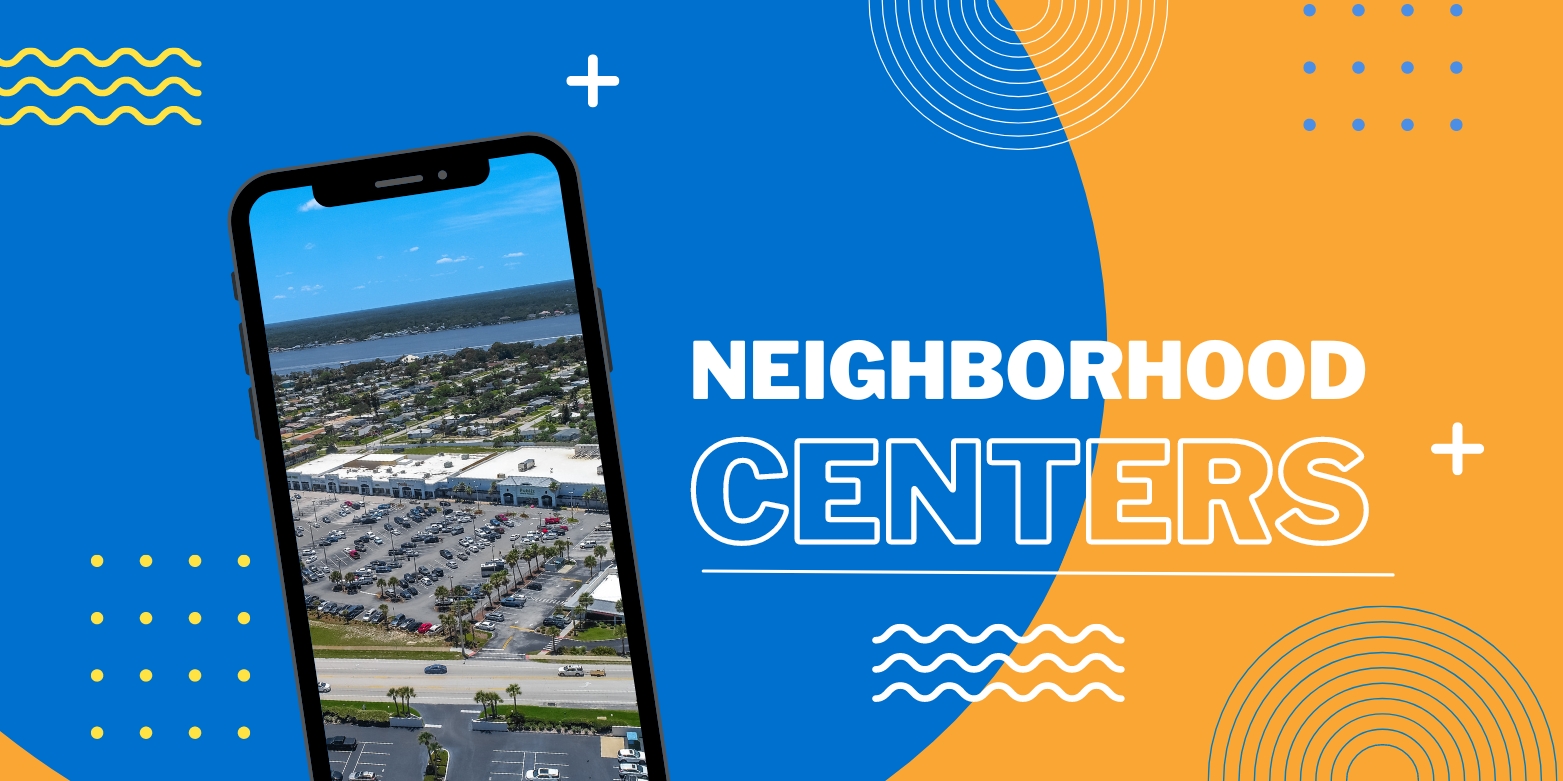Published On Apr 18, 2019
in Grocery, Retail Real Estate Industry, and Technology
Amazon’s purchase of Whole Foods marked a tipping point for traditional grocers… not toward their demise, but toward rapid innovation. The e-commerce giant’s entry into the grocery industry challenged grocers to take a close look at how their customers define convenience, and how grocers can meet those expectations. The result: an exciting period of innovation unlike anything we’ve seen in Phillips Edison’s 25+ years in business.
As I’ve written previously, there are many reasons that large grocery chains will continue to be the source most consumers continue to rely on for food. One of the most important factors is that grocers haven’t been complacent. In the face of Amazon’s threat they’ve made big investments to compete and offer convenience on the customers’ terms, whether it’s at the store or on their doorstep.
From tablets that optimize in-store shopping routes to robots capable of picking fruit without damaging it, grocers are unleashing a host of inventions that improve efficiency and convenience. Importantly, these changes improve the experience for all types of customers: those choosing to stroll the aisles, shoppers preferring “click and collect” services, and finally, customers opting for in-home delivery.
Below are what I think are five of the most exciting innovations that grocers are moving toward.
1. Digitally Optimized Routes for Pickers to Select Groceries: One of the biggest challenges for grocers offering click and collect services or in-home delivery is the cost of paying someone to collect all those groceries. Optimizing the pick-up route will go a long way. Some grocers are experimenting with tablets that will lead their employees around the store in the most efficient manner, while filling several customers’ grocery lists at the same time.
For example, the employee might have different grocery lists to fill for customers A, B, C and D. When the employee goes by the produce department, the tablet will tell him what items to gather for each separate customer. The employee can then put the respective produce orders in separate baskets, filling all four orders in one trip, before the tablet leads them to the next section of the store to complete the rest of the orders.
2. Grocery Shelves that Sync with Mobile Phones: For customers who choose to shop for themselves, new technology will make the process much easier. Soon, customers may be able to download their grocery list on their phone, and as they get near a listed item in the physical store, the shelf holding that item will light up so that they may find the product easier.
3. More Information on Food Sourcing, Freshness: Consumers are growing more concerned about where ingredients come from, and how fresh they are. Here too, grocers are improving the value proposition. New technologies could allow the shopper to pinpoint where a select produce item came from, and even the specific day someone picked it.
4. Making the Menu for You: Another innovation will help shoppers complete a meal centered around a specific product. For instance, a customer might use the grocer’s mobile app, click on an icon of a New York strip steak, and the app will provide a dinner recipe around the steak, guiding them to where each ingredient is within the store.
5. Robots that Optimize In-Home Delivery: While many grocery sales will still take place in the store, the industry has still invested heavily to capture the portion of sales that will migrate online. Kroger’s minority stake in Ocado, the world’s largest dedicated online grocery retailer, serves as an example.
The Ocado partnership will place up to 20 high-tech warehouses in the U.S. that utilize innovative robotics and artificial intelligence to fine-tune online grocery delivery. For example, the company is developing robot hands that can pick fruit without damaging it and vision systems that allow robots to grab and hold items without needing a 3D model of them, among other innovations.¹ Such technology rivals anything in Amazon’s warehouses, and is arguably superior when it comes to the specifics of food delivery.
The Future Is Bright
The pace of innovation in the grocery sector is accelerating, bringing with it an elevated customer experience and delivering value and convenience as each shopper defines it. Consumers can expect grocers to deliver more information, more convenience, and more experiential shopping. These innovations should cement grocers’ legacy as the destination of choice for consumers’ most basic and important needs.
¹http://fortune.com/2018/05/17/ocado-kroger-warehouse-automation-amazon-walmart/
Jeffrey Edison





